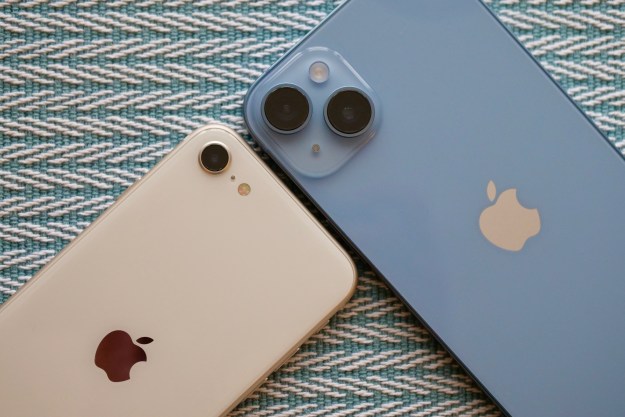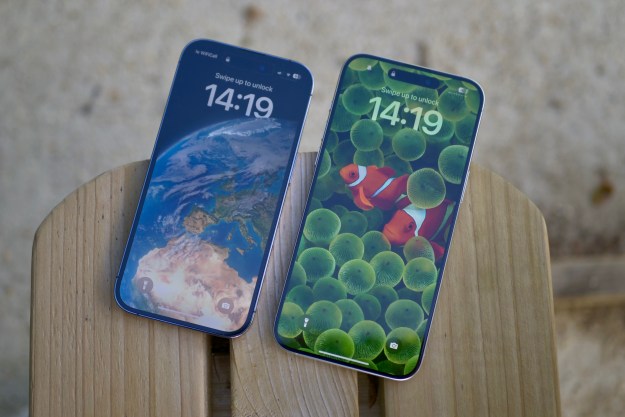
Apple fixed the issue after much prodding, but the firm won’t, it seems, be compelled to provide any other form of compensation: A federal judge today dismissed a lawsuit alleging that Apple (1) intercepted text messages sent from iPhones to Android phones, and then (2) purposefully failed to deliver those messages.
The three plaintiffs; a husband, family friend, and wife who each traded their iPhones for Android devices, claim that Apple’s iCloud glitch amounted to illegal surveillance. The company retained the contents of iMessages sent from iPhones to
The presiding judge sided with Apple. Judge Lucy Koh dismissed the lawsuit in a single-paragraph order:
The Court has granted the Motion for Summary Judgment filed by Defendant Apple Inc. See ECF No. 112. Accordingly, the Clerk of the Court shall enter judgment in favor of Defendant. The Clerk shall close the file. IT IS SO ORDERED.
Said an Apple spokesperson: “Apple takes customer satisfaction extremely seriously, but the law does not provide a remedy when, as here, technology simply does not function as [the] plaintiff subjectively believes it should.”
The lawsuit dismissed today stemmed from a class action separately dismissed by Judge Koh in August. It similarly alleged that Apple “interfered” with messages sent between iPhones and Android devices by failing to deliver them consistently. A separate plaintiff in California went one step further, arguing that that Apple ran afoul of “unfair competition” laws by in effect favoring its own devices in message delivery and failing to notify customers who’d moved to other platforms of the bug.
In November of last year, Apple launched a web-based tool for users who swap their iPhone for a non-Apple smartphone to disable iMessage. The company continues to recommend that iPhone owners disable iMessage on their phone before switching.
Editors' Recommendations
- Here’s how Apple could change your iPhone forever
- We now know when Apple is adding RCS to the iPhone
- Apple just released iOS 17.4. Here’s how it’s going to change your iPhone
- 7 hidden iMessage features you need to be using
- The best iPhone and Android apps for Black History Month 2024


